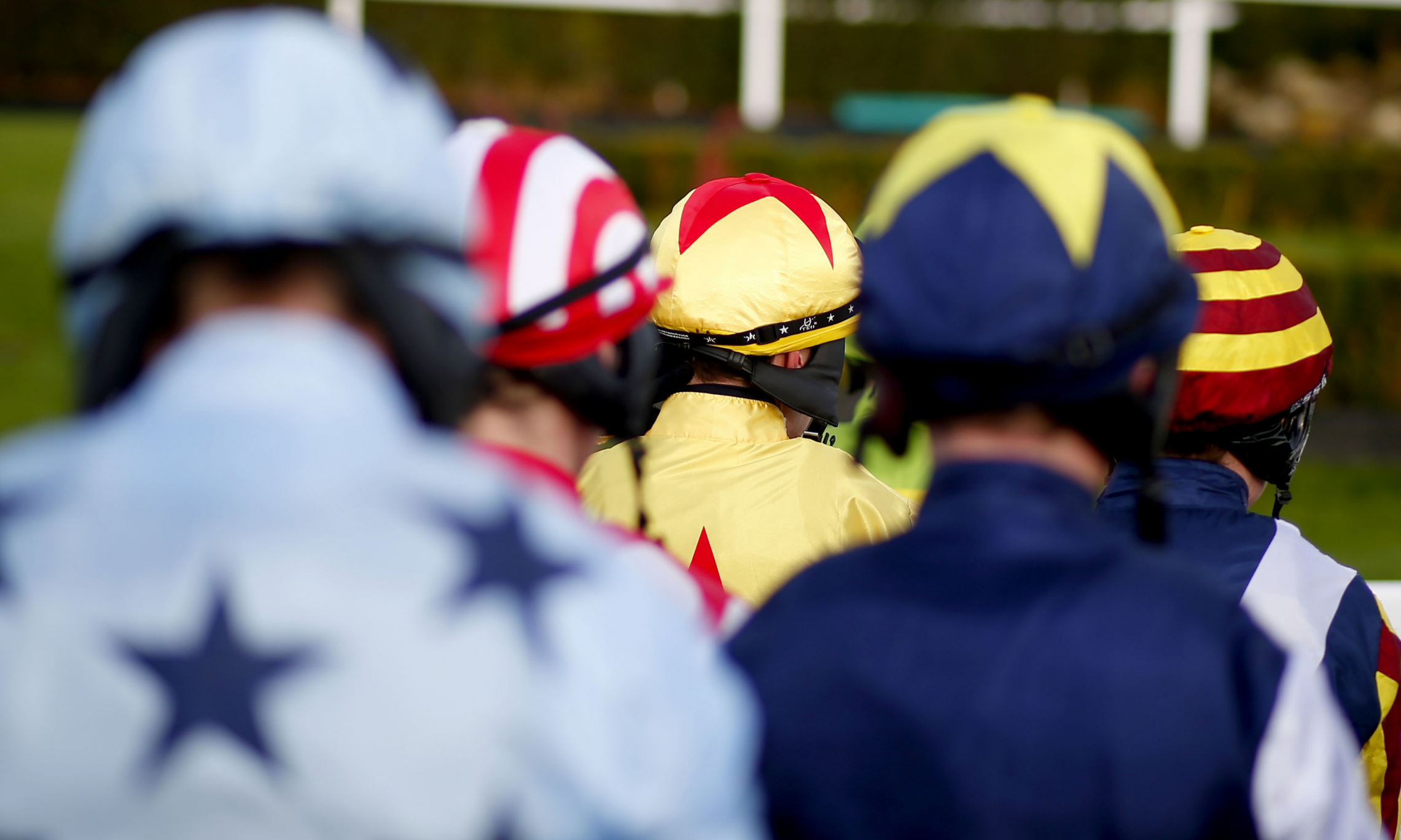
- Minimum Flat weight raised to 8st 2lbs, with minimum Jump weight up to 10st 2lbs
- General weight increase of 2lb to be introduced for most race categories, replacing COVID-19 allowance
- Publication of raised weights to provide increased transparency for followers and bettors
- Change follows the permanent removal of saunas from weighing rooms to improve jockey welfare
- Chief Medical Advisor to lead work on introduction of individual minimum weights for jockeys
The BHA has today confirmed the permanent raising of the minimum and maximum riding weights for jockeys on the Flat and over Jumps, to be introduced at the beginning of the new season for each code.From Saturday 26 March 2022, the minimum weight carried in Flat races will increase from 8st to 8st 2lbs, while from Friday 29 April 2022, the minimum weight carried in Jump races will increase from 10st to 10st 2lbs.In order to avoid any compression of the weight structure, which in turn would reduce the competitiveness of British racing, maximum weights will increase in line with the rise at the bottom end. Therefore, from the same dates, the standard top weight on the Flat will increase from 10st to 10st 2lbs, and from 11st 12lbs to 12st over Jumps.The general increase of 2lbs in the published weights, agreed by the industry’s Racing Group and ratified by the BHA Board, replaces the 3lbs COVID allowance, introduced during the resumption of racing to support jockeys when use of racecourse saunas was not permitted.It follows extensive discussion between the BHA, jockey and trainer representatives about future weight structures, with a general consensus that a 2lbs rise be introduced following the permanent closure of racecourse saunas.
The 3lbs COVID allowance will remain in place until the revised weights structure is implemented.A 3lbs allowance for safety equipment, introduced following the requirement to wear a Level 2 body protector, will remain in place, as will a further 1lb allowance for all Flat jockeys during the winter months to account for an extra layer of warming clothing, a provision that has been in operation since 2013.In addition to today’s announced raising of the weights, the BHA’s Chief Medical Adviser, Dr Jerry Hill, will lead work on the creation of a plan to introduce individual minimum weights for jockeys.Dr Hill said:“The closure of saunas on our racecourses represents a significant step forward for jockey wellbeing and a permanent raising of the minimum weight, while protecting competitiveness by raising the maximum weight, is the correct response to that development.“I am grateful for the input received from the industry’s participants, and in particular the clear message sent by jockeys regarding their support to see the use of saunas on racedays come to an end. Our jockeys are athletes who should be primed to perform to the best of their ability like any other. Shedding pounds by dehydrating in a sauna minutes before being given the leg-up onto a horse is not the best way to ensure that is the case.”Dale Gibson, Professional Jockeys Association Interim CEO, said:“The PJA has been working with the BHA and NTF to agree the revised weight structure, which has required compromise from all parties. Some jockeys are concerned that their body weight has naturally increased during the lengthy COVID period where the 3lb allowances was utilised, but we will continue to monitor the forthcoming weight structure closely, including specific race conditions alongside stakeholders and the Racing Department team.
“We welcome the reintroduction of the winter weight allowance for flat Jockeys, which was successfully introduced in 2013. The PJA continues to provide weight management support to all Professional Jockeys, which remains readily accessible via the nutrition team, in conjunction with exercise programs available at the IJF centres.”
